In motorsports, flags are waved from observation post on the side of the track to notify drivers of danger or to give instructions from Race Control.
Observation post locations and flag locations are determined at each circuit and have been approved by the FIA or ASN. Therefore, it is not possible to change the location where the flag is waving without permission.
There are many different types of racing flags waved on the circuit. Operation rules are different for automobiles and motorcycles. Therefore, the operation rules of the flag are explained clearly.
Racing Flags (Automobile)
The flags displayed from the observation post are basically waved. However, the flag that is displayed in combination with the Yellow flag with red stripes and the car number board will not be waved (static).
Red Flag
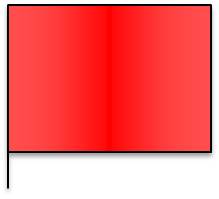
Red flag means the session was suspended. Red flag is waved at all observation posts when sudden changes in weather, such as heavy rain, or when a serious accident occurs when Race Control determines that continuing to drive is dangerous or difficult. The session will be suspended.
Yellow Flag
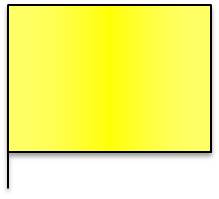
Yellow flag is waved at the post just before the scene when there is a danger on the course. At the same time, the green flag is waved at the next observation post, and the zone from the yellow flag to the green flag becomes the yellow flag zone and overtaking is prohibited.
Oil Flag
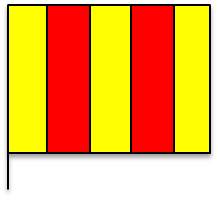
Oil flag informs the driver that there is oil on the track and the course is slippery. It is also displayed when the track becomes slippery due to rain, or when there is gravel or falling object on the track. The display is done static.
Blue Flag
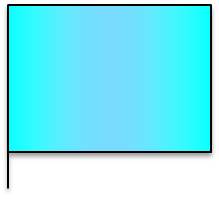
Blue flag is waved when a faster car is approaching from behind. In the race it is waved for the driver to be lap down.
White Flag
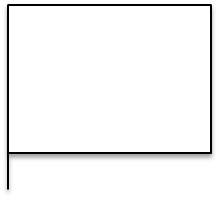
White flag inform that there is a very slow car ahead. It is also waved when a Marshal car is on the track.
Green Flag
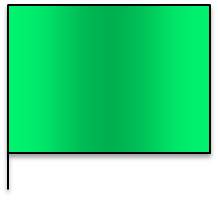
Green flag means course clear. It is waved as a set with a yellow flag. It is waved at the next observation post at the scene that caused the yellow flag.
Black and White Flag

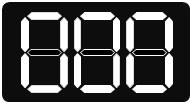
Black and white flag is displayed with the car number board at the observation post near the start/finish line for driver who have acted against the sportsman spirit.
Black flag with Orange disc
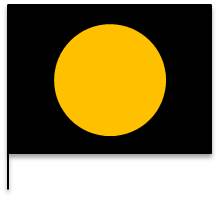

Black flag with an orange disc 40 cm in diameter is displayed with the number board for cars with mechanical defects such as damaged parts or leaking oil. These are called orange ball flag and orange disc flag. It is basically displayed at the observation post near the start/finish line.
Black Flag


Black flag means disqualification. It is displayed at the observation post near the start/finish line.
Chequered Flag

Chequered flag means the end of the session. It is only waved at the observation post near the start/finish line.
National Flag
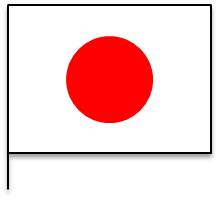
The start of the race is usually signaled to the driver by turning on and off the start signal. However, the race can be started with national flag.
Safety Car (SC)

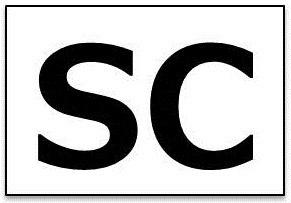
Safety car is deployed when there is a dangerous situation on the track and it is not necessary to suspend the race. When the safety car is deployed, it is displayed the yellow flag and SC board at all observation posts.
Size and color of racing flags
The size and color of the racing flags in an automobile race are determined by regulations. Color is specified by PANTONE code.









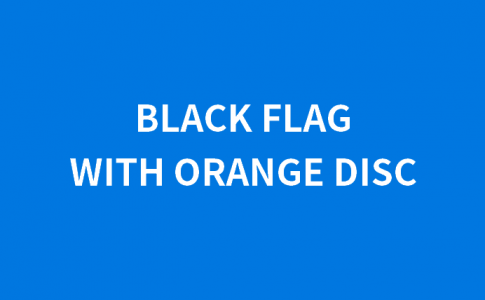













(10 December 2019)
2.5.2 Signal flag specifications
Dimensions – the minimum size of all flags is 60 cm x 80 cm, except for the red and chequered flags which should be at least 80 cm x 100 cm.
Colours – flag colours should correspond to the following references in the Pantone coding system:
– Red : 186C
– Yellow : YellowC
– Light Blue : 298C
– Green : 348C
– Black : BlackC
– Orange : 151C